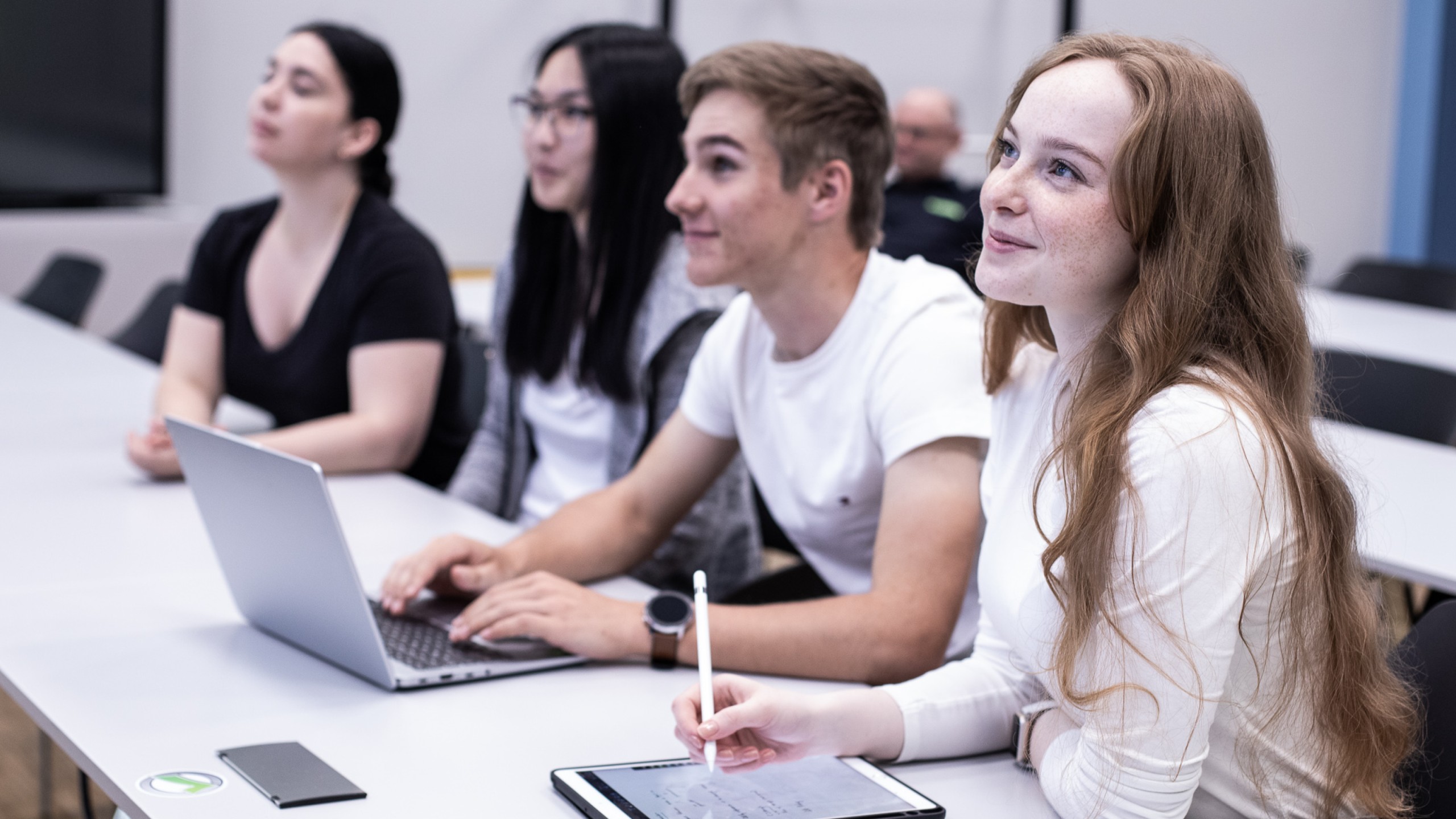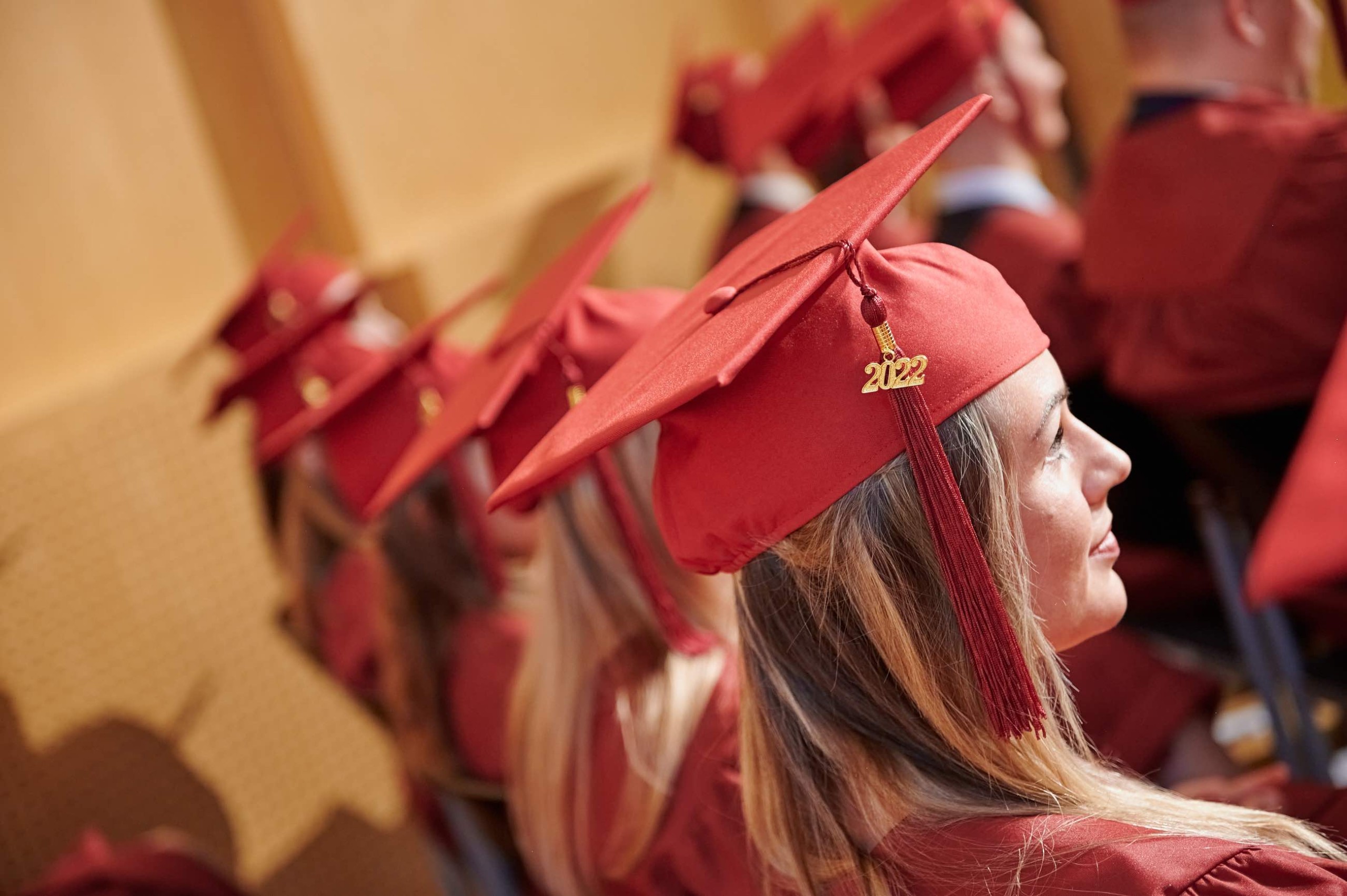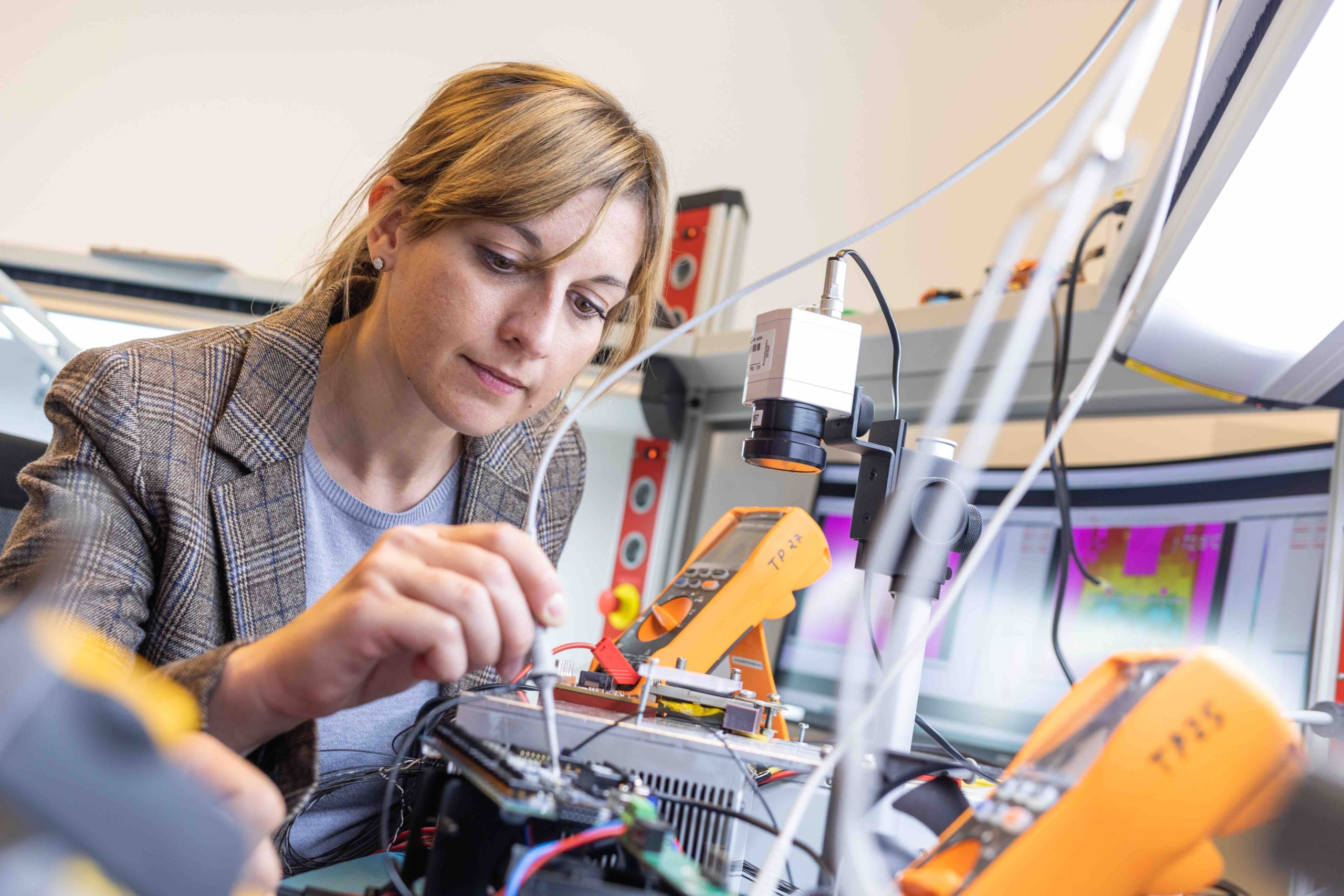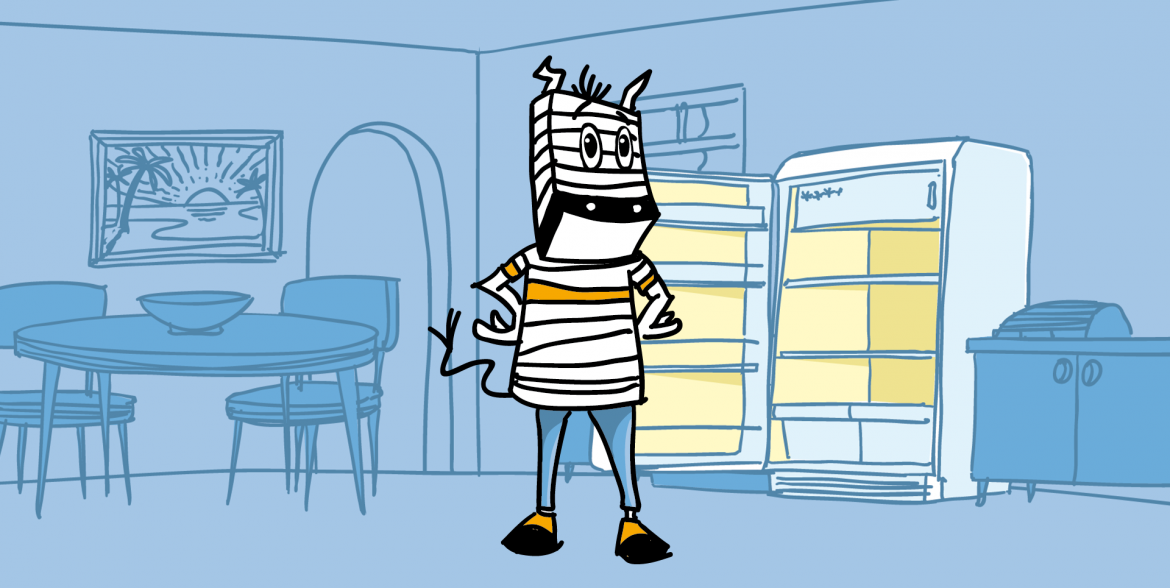Sensory analysis evaluates product properties using the senses; sensory research into foodstuffs relies chiefly on the senses of taste and smell. The Health Perception Lab (HPL) at FH JOANNEUM is a laboratory for health-relevant sensory research. It differs from conventional sensory laboratories in three aspects:
- Content: the Health Perception Lab focuses on examining healthy and beneficial foodstuffs.
- Method: In contrast to laboratories for sensory analysis in which trained testers evaluate products, the HPL uses hedonic sensory analysis in which products are assessed by untrained testers of all ages. This is an important precondition for research into children’s sensory responses.
- Technique: The HPL is equipped not only with standardised sensory cabins, but also with multi-sensory spaces in which digital technology including face reading and eye tracking are deployed. This enables products to be tested for their appearance and the impression they create.
In addition, measuring equipment for bioelectrical impedance analysis and dosimetry are used for the simple evaluation of body composition in people of all ages. The body composition of babies can also be measured using the so-called “peapod”.








